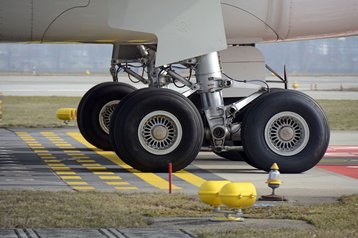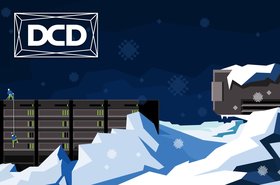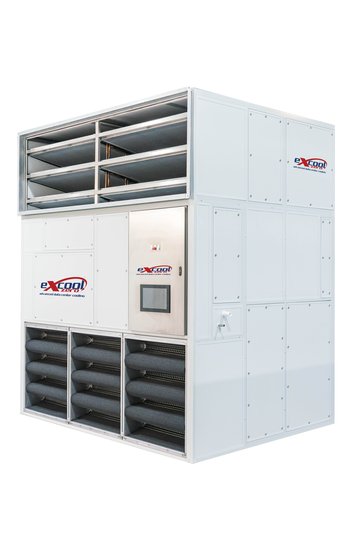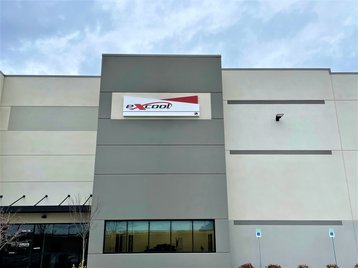Before the advent of the Internet and mobile apps, hot startups typically had physical products. They took time to design, couldn’t be released before they were ready, and just ramping up could take years. They also required a physical presence in the markets the company hoped to conquer.
In the data center market this still holds true.
Excool was only founded in 2010 and has grown cautiously but solidly since then. But now, with global players queuing up for its energy efficient, near-zero-water consumption cooling products, the company is about to take its next steps with the opening of new facilities in Greer, South Carolina to better serve its growing army of customers, local and global, operating throughout North America.
“We’ve been around since 2010 and have provided data center cooling equipment all across the world, apart from North America. But a lot of our clients are now global clients, companies like Digital Realty and Cyrus One, and they want to use our products in their facilities in North America, too,” Excool chief commercial officer Jon Pettitt told DCD.
The plan to launch fully in the US – planned for the beginning of May – was made about three years ago. “It’s the largest investment we’ve probably ever made as a company,” says Pettitt adding that the company needed a solid base in the US in order to hold stock that can be rushed to customers on-demand. Longer-term, the company plans to start manufacturing in the US, as well.
“The showroom itself will have an Excool unit for people to come and inspect; we’ll be able to operate the unit so that clients can come and have a look.
“We will also have a full training facility there as well, for clients’ operations teams, who will be looking after the units on a day-to-day basis, but also for bigger technical support and maintenance; support teams who will be operating around the country.
“The training will take place in two stages. Stage one will be for operations teams, the day-to-day use of the unit. It will be training around the Carel controls and general maintenance of the units, such as how to change the filters and the water filtration systems.
“Stage two will be a bit deeper. It will cover the replacement of parts – things like the replacement compressors and fans – and really understanding the software of the Carel controls should they ever need to be changed or modified on-site,” says Pettitt.
Go big or go home
Excool isn’t expanding for the sake of it but because of strong demand for its products in the world’s biggest single data center market, and that demand has been driven by the need for data center builders to demonstrate (not just pay ‘lip service’ to) sustainability.
“We've always supplied indirect evaporative cooling units for data centers. That's all we do. Traditionally, the units were very large, consumed huge amounts of water, but were very energy efficient,” says Pettitt.
He continues: “As the market has matured, a couple of things have happened. First, the clients have faced a lack of space. They can no longer have these mammoth units on site because their plant rooms are getting smaller – they need to maximize floor space in their data halls to get the maximum revenue.
“Second, as data centers have got larger, the water consumption of traditional indirect evaporative cooling units has become obscenely high.
On top of that, he adds, the unit can also be run completely water-free for up to 24 hours, should the site ever suffer from water loss. “We evaporate nearly every bit of water that we use in our cooling units, so we no longer put gallons of water down the drain. That’s become quite a big factor for clients,” says Pettitt.
And furthermore, the devices have their own on-board water treatment, so data center builders don’t also need to factor in water treatment systems, external pumps or water storage, either, he adds.
Why-oh-why?
That leaves just one question to address: Why Greer, South Carolina, rather than the rather better-known tech hubs in California, Texas or Virginia?
“We looked at several places. We wanted to be on the east coast for ease of transport into North America: at the moment, our goods go into Charleston docks, and Greer’s only about a few hours drive from there. We also got some incentives from the local area, as well.
“So, on the back of feedback from clients, we created the Excool Zero, which has 60 percent smaller footprint and uses just a fraction of the water we were using before, while still maintaining incredibly high energy efficiency.
“For example, the US Department of Energy estimate that the average data center has got a WUE [water usage effectiveness] of 1.8 liters per kilowatt hour. With the Excool Zero, we can reduce that to 0.2 liters per kilowatt hour.
“That is the equivalent of using one cup full of water for every kilowatt hour of energy delivered to the server. So, in a way, we are now offering the client the best of both worlds. You can use water, but completely minimize the amount of water that you're using.”
“Because our bigger plan, from day one, is to go into full production or assembly in the US, we will in time be building a much larger facility. We’ve got 18,000 sq ft, but we’ll need to expand by around five times that to go into product, using local labor, and we’ll be sourcing a lot more parts from across the US as well,” says Pettitt.
Even longer term than that, Excool is planning to open up facilities on the US west coast, too.
Of course, if Excool were really a funky mobile app start-up, all of this would’ve happened by the end of its second year and the company would already be history by now. Excool, on the other hand, is a technology company based on solid engineering, helping to power mobile apps, office apps and much, much more besides.
And it will still be around decades after apps are thought of in the same way that eight-bit games from the 1980s are today.
More...
-

Three solutions to major cooling technology challenges
Global leaders guide us through their answers, from a re-balancing of CAPEX to OPEX, to the increased role of plastic and tech to alleviate water consumption concerns
-
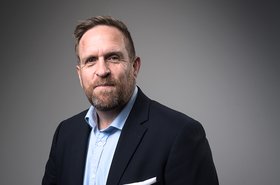
-
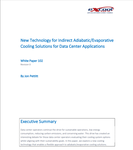
New Technology for Indirect Adiabatic / Evaporative Cooling Solutions for Data Center Applications
Download this free White Paper from our content partner Excool.

